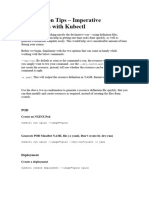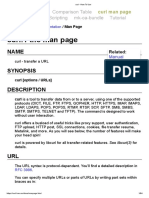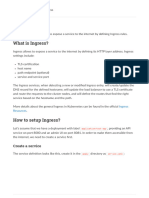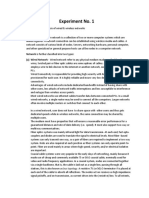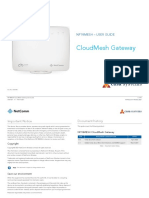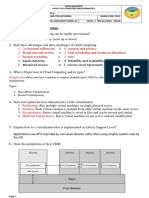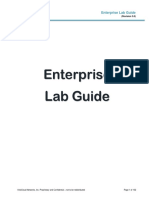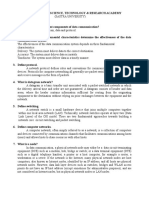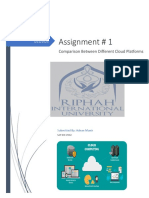argocd admin dashboard Command
Reference
argocd admin dashboard
Starts Argo CD Web UI locally
argocd admin dashboard [flags]
Examples
# Start the Argo CD Web UI locally on the default port and address
$ argocd admin dashboard
# Start the Argo CD Web UI locally on a custom port and address
$ argocd admin dashboard --port 8080 --address 127.0.0.1
# Start the Argo CD Web UI with GZip compression
$ argocd admin dashboard --redis-compress gzip
Options
--address string Listen on given address (default
"localhost")
--as string Username to impersonate for the
operation
--as-group stringArray Group to impersonate for the operation,
this flag can be repeated to specify multiple groups.
--as-uid string UID to impersonate for the operation
--certificate-authority string Path to a cert file for the certificate
authority
--client-certificate string Path to a client certificate file for
TLS
--client-key string Path to a client key file for TLS
--cluster string The name of the kubeconfig cluster to
use
--context string The name of the kubeconfig context to
use
--disable-compression If true, opt-out of response
compression for all requests to the server
-h, --help help for dashboard
--insecure-skip-tls-verify
stable
If true, the server's certificate will
not be checked for validity. This will make your HTTPS connections insecure
--kubeconfig string Path to a kube config. Only required if
out-of-cluster
-n, --namespace string If present, the namespace scope for
this CLI request
--password string Password for basic authentication to
the API server
--port int Listen on given port (default 8080)
--proxy-url string If provided, this URL will be used to
connect via proxy
--redis-compress string Enable this if the application
controller is configured with redis compression enabled. (possible values:
gzip, none) (default "gzip")
--request-timeout string The length of time to wait before
giving up on a single server request. Non-zero values should contain a
corresponding time unit (e.g. 1s, 2m, 3h). A value of zero means don't timeout
requests. (default "0")
--server string The address and port of the Kubernetes
API server
--tls-server-name string If provided, this name will be used to
validate server certificate. If this is not provided, hostname used to contact
the server is used.
--token string Bearer token for authentication to the
API server
--user string The name of the kubeconfig user to use
--username string Username for basic authentication to
the API server
Options inherited from parent commands
--auth-token string Authentication token
--client-crt string Client certificate file
--client-crt-key string Client certificate key file
--config string Path to Argo CD config (default
"/home/user/.config/argocd/config")
--controller-name string Name of the Argo CD Application
controller; set this or the ARGOCD_APPLICATION_CONTROLLER_NAME environment
variable when the controller's name label differs from the default, for
example when installing via the Helm chart (default "argocd-application-
controller")
--core If set to true then CLI talks directly
to Kubernetes instead of talking to Argo CD API server
--grpc-web Enables gRPC-web protocol. Useful if
Argo CD server is behind proxy which does not support HTTP2.
--grpc-web-root-path string Enables gRPC-web protocol. Useful if
Argo CD server is behind proxy which does not support HTTP2. Set web root.
-H, --header strings Sets additional header to all requests
made by Argo CD CLI. (Can be repeated multiple times to add multiple headers,
also supports comma separated headers)
--http-retry-max int Maximum number of retries to establish
http connection to Argo CD server
--insecure Skip server certificate and domain
verification
--kube-context string Directs the command to the given kube-
context stable
--logformat string Set the logging format. One of:
text|json (default "text")
--loglevel string Set the logging level. One of:
debug|info|warn|error (default "info")
--plaintext Disable TLS
--port-forward Connect to a random argocd-server port
using port forwarding
--port-forward-namespace string Namespace name which should be used
for port forwarding
--redis-haproxy-name string Name of the Redis HA Proxy; set this
or the ARGOCD_REDIS_HAPROXY_NAME environment variable when the HA Proxy's name
label differs from the default, for example when installing via the Helm chart
(default "argocd-redis-ha-haproxy")
--redis-name string Name of the Redis deployment; set this
or the ARGOCD_REDIS_NAME environment variable when the Redis's name label
differs from the default, for example when installing via the Helm chart
(default "argocd-redis")
--repo-server-name string Name of the Argo CD Repo server; set
this or the ARGOCD_REPO_SERVER_NAME environment variable when the server's
name label differs from the default, for example when installing via the Helm
chart (default "argocd-repo-server")
--server-crt string Server certificate file
--server-name string Name of the Argo CD API server; set
this or the ARGOCD_SERVER_NAME environment variable when the server's name
label differs from the default, for example when installing via the Helm chart
(default "argocd-server")
SEE ALSO
argocd admin - Contains a set of commands useful for Argo CD administrators
and requires direct Kubernetes access
stable


































